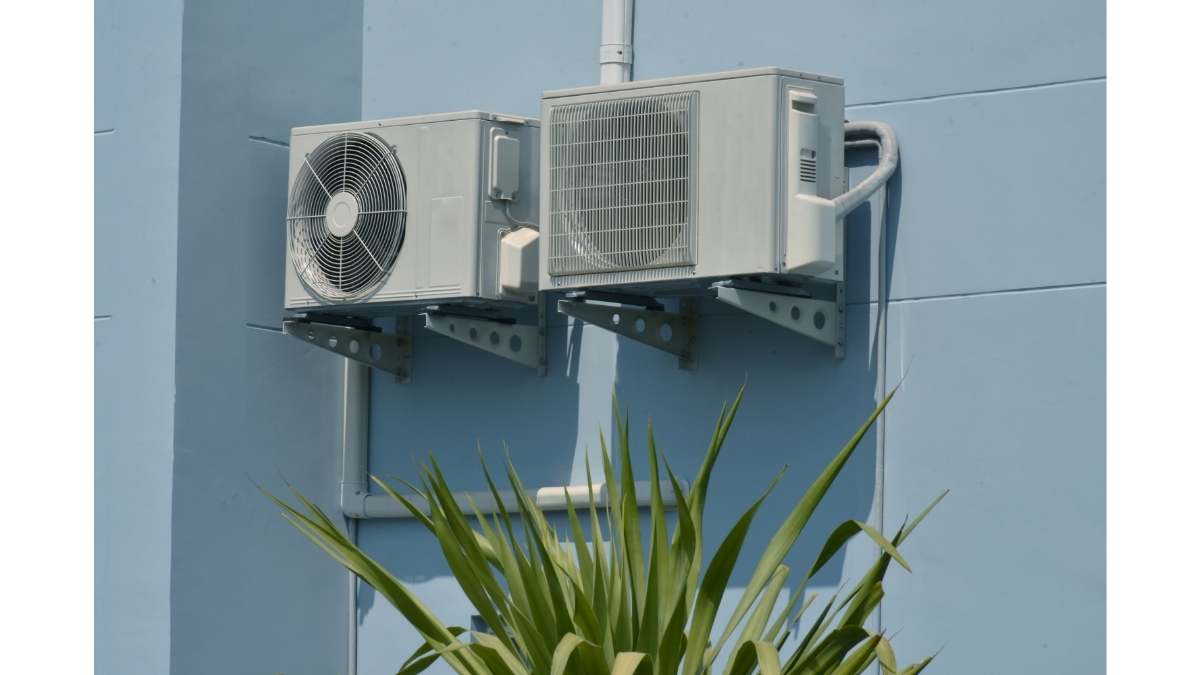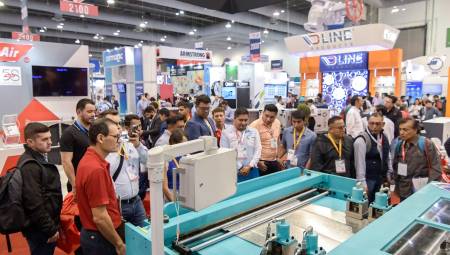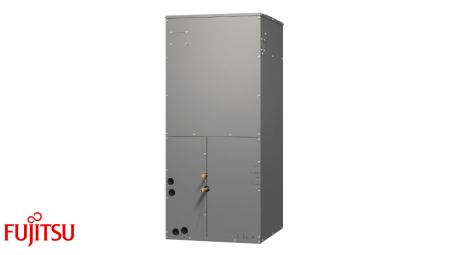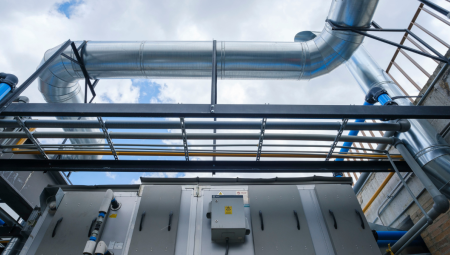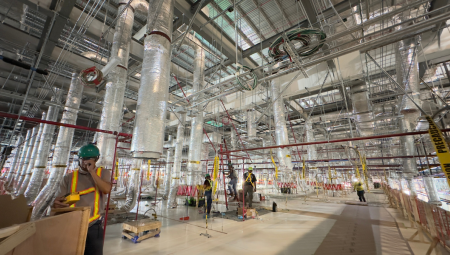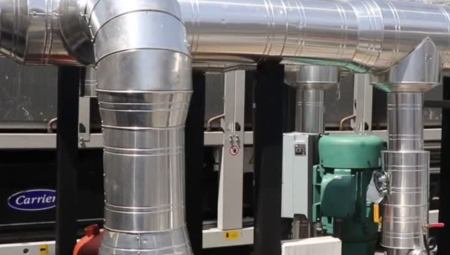International. The International Electrotechnical Commission (IEC) approved an international standard on safety requirements for electric heat pumps, air conditioners and dehumidifiers for domestic use.
The new standard allows for higher charge limits for hydrocarbons such as propane (R290) and other flammable refrigerants in domestic technology, which in turn means potentially massive reductions in the emission of climate-damaging refrigerant gases.
Hydrocarbons are cost-effective and efficient refrigerants that do not harm the climate, but due to their flammability they have been restricted to very small charge sizes in refrigeration equipment.
EIA (Environmental Research Agency) Climate Campaign Leader Clare Perry said: "After urging governments and industry to address this issue for many years to come, EIA is delighted to see this critical milestone reached on the road to clean, net-zero sustainable refrigeration."
This revised standard could not be more timely. The world is phasing out climate-damaging hydrofluorocarbons (HFCs) under the Kigali Amendment to the Montreal Protocol and we urgently need to adopt cost-effective and future-proof solutions, such as propane, so as not to fall into the trap of buying another F-'solution' from the gas industry, such as hydrofluoroolefins (HFOs), which are fraught with environmental and human health concerns.
"With this new standard, we expect the European Parliament and EU member states to recognise that HFCs are no longer needed for a large share of the air conditioning and heat pump market and consequently strengthen the recently proposed EU Fluorinated Gas Regulation," Perry adds.
After a rigorous six-and-a-half-year process to agree on revisions, a final draft of the new standard, officially designated as IEC 60335-2-40, was approved on Friday, April 29.
Asbjørn Vonsild, the coordinator of the IEC working group that guided the safety standard through its revisions, said: "The new edition of IEC 60335-2-40 will allow R-290 [propane] to be used in many A/C and heat pump systems that were previously blocked to use this refrigerant by the obsolete version. This will enable a thousand-fold reduction in direct climate emissions compared to systems using R410A."
The revised safety standard allows a higher load of flammable refrigerants (up to 988 g of R290 in a standard split air conditioning system) to be used in new equipment designed according to certain additional safety requirements to ensure the same high level of safety as equipment that does not use flammable refrigerants.
The new rule is expected to be published on June 24. Countries will then need to quickly adopt revisions to their national legislation.


